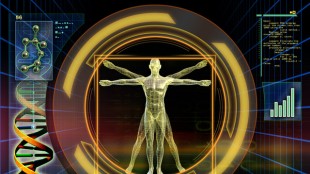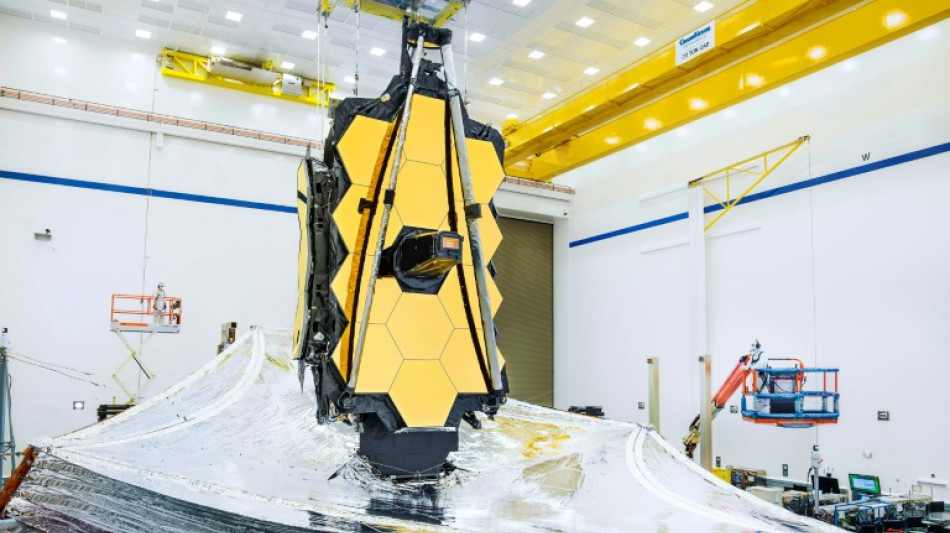
-
 Simbine wins 100m in photo finish thriller as Duplantis dominates
Simbine wins 100m in photo finish thriller as Duplantis dominates
-
Atletico held at Alaves in dry Liga draw
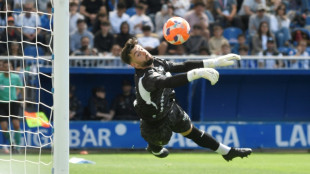
-
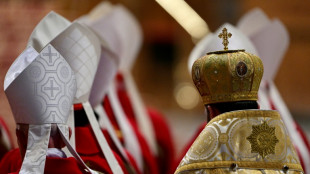 Cardinals meet ahead of vote for new pope
Cardinals meet ahead of vote for new pope
-
Snooker star Zhao: from ban to cusp of Chinese sporting history

-
 Tielemans keeps Villa in chase for Champions League place
Tielemans keeps Villa in chase for Champions League place
-
Anthony Albanese: Australia's dog-loving, Tory fighting PM

-
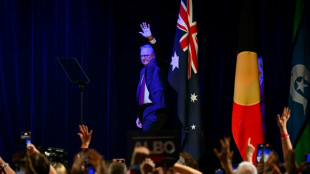 Trump may have aided Australian PM's election victory: analysts
Trump may have aided Australian PM's election victory: analysts
-
Right-leaning Australian opposition leader loses election, and seat
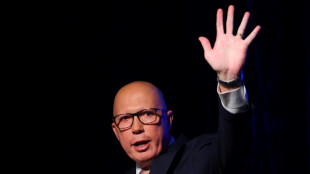
-
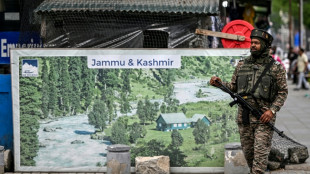 India blocks Pakistani celebrities on social media
India blocks Pakistani celebrities on social media
-
Ancelotti says he will reveal future plans at end of season
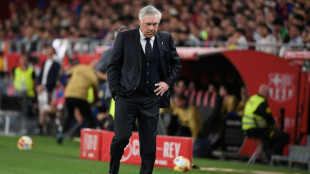
-
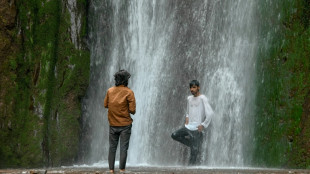 India-Pakistan tensions hit tourism in Kashmiri valley
India-Pakistan tensions hit tourism in Kashmiri valley
-
Bangladesh Islamists rally in show of force
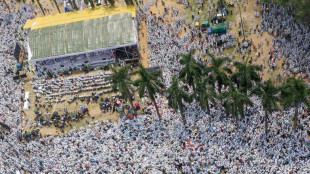
-
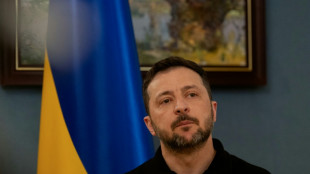 Zelensky says won't play Putin's 'games' with short truce
Zelensky says won't play Putin's 'games' with short truce
-
Cardinals meet ahead of papal election
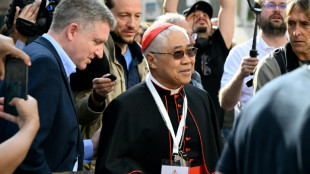
-
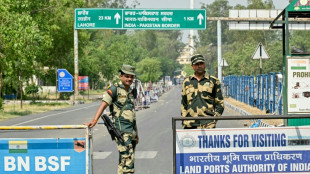 Pakistan tests missile weapons system amid India standoff
Pakistan tests missile weapons system amid India standoff
-
France charges 21 prison attack suspects
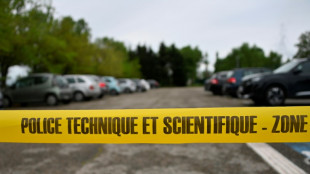
-
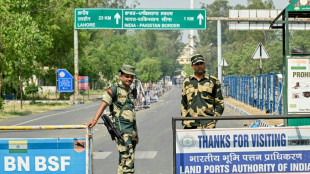 Pakistan military says conducts training launch of missile
Pakistan military says conducts training launch of missile
-
Lives on hold in India's border villages with Pakistan
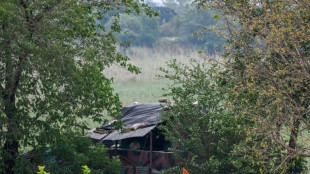
-
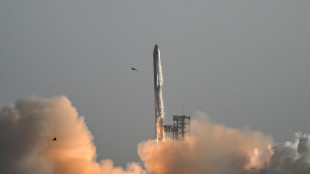 Musk's dreams for Starbase city in Texas hang on vote
Musk's dreams for Starbase city in Texas hang on vote
-
Rockets down Warriors to stay alive in NBA playoffs

-
 Garcia beaten by Romero in return from doping ban
Garcia beaten by Romero in return from doping ban
-
Inflation, hotel prices curtail Japanese 'Golden Week' travels

-
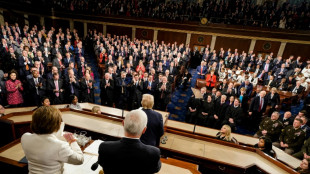 Trump's next 100 days: Now comes the hard part
Trump's next 100 days: Now comes the hard part
-
Mexican mega-port confronts Trump's tariff storm
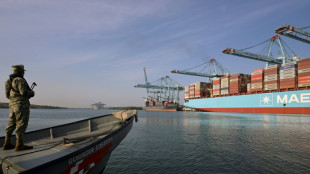
-
 Trump's tariffs bite at quiet US ports
Trump's tariffs bite at quiet US ports
-
Ryu stretches lead at LPGA Black Desert Championship

-
 Singapore votes with new PM seeking strong mandate amid tariff turmoil
Singapore votes with new PM seeking strong mandate amid tariff turmoil
-
Five things to know about the Australian election
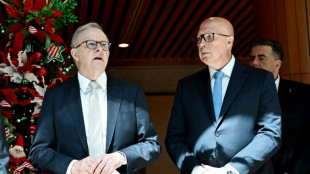
-
 Scheffler fires 63 despite long delay to lead CJ Cup Byron Nelson
Scheffler fires 63 despite long delay to lead CJ Cup Byron Nelson
-
Still Owe the IRS? Clear Start Tax Breaks Down How the Fresh Start Program Can Help You Settle for Less
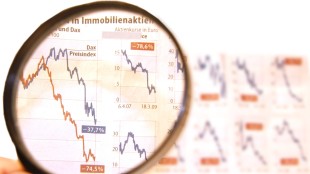
-
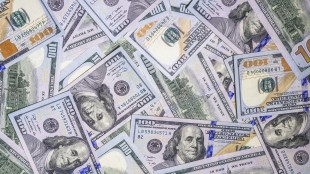 GISEC Global 2025: Dubai Mobilises Global Cyber Defence Leaders to Combat AI-Driven Cybercrime and Ransomware
GISEC Global 2025: Dubai Mobilises Global Cyber Defence Leaders to Combat AI-Driven Cybercrime and Ransomware
-
Israel launches new Syria strikes amid Druze tensions
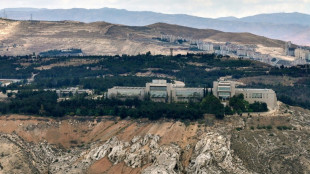
-
 Finke grabs 400m medley victory over world record-holder Marchand
Finke grabs 400m medley victory over world record-holder Marchand
-
Apple eases App Store rules under court pressure
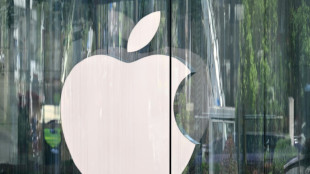
-
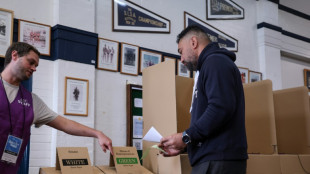 Polls open in Australian vote swayed by inflation, Trump
Polls open in Australian vote swayed by inflation, Trump
-
Russell clocks second fastest 100m hurdles in history at Miami meeting

-
 Germany move against far-right AfD sets off US quarrel
Germany move against far-right AfD sets off US quarrel
-
Billionaire-owned Paris FC win promotion and prepare to take on PSG

-
 Teenager Antonelli grabs pole for Miami sprint race
Teenager Antonelli grabs pole for Miami sprint race
-
Man City climb to third as De Bruyne sinks Wolves

-
 Mercedes' Wolff backs Hamilton to come good with Ferrari
Mercedes' Wolff backs Hamilton to come good with Ferrari
-
'Devastated' Prince Harry says no UK return but seeks reconciliation
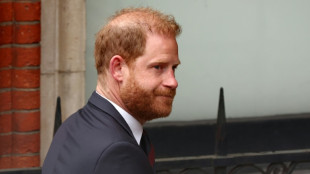
-
 Elway agent death likely accidental: report
Elway agent death likely accidental: report
-
Turkish Cypriots protest new rule allowing hijab in school

-
 Germany's AfD dealt blow with right-wing extremist label
Germany's AfD dealt blow with right-wing extremist label
-
Trump NASA budget prioritizes Moon, Mars missions over research
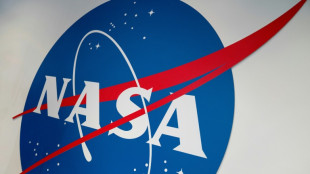
-
 Hard-right romps through UK polls slapping aside main parties
Hard-right romps through UK polls slapping aside main parties
-
Rangers hire two-time NHL champion Sullivan as coach

-
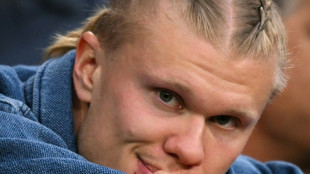 Haaland on bench for Man City as striker returns ahead of schedule
Haaland on bench for Man City as striker returns ahead of schedule
-
US designates two Haitian gangs as terror groups


The James Webb Space Telescope, by the numbers
The most powerful space telescope ever built, James Webb is set to deliver its first full-color scientific images to the world Tuesday.
Here is an overview of this feat of human ingenuity, in five key figures.
- More than 21 feet -
The centerpiece of the observatory is its huge main mirror, measuring more than 21 feet (6.5 meters) in diameter and made up of 18 smaller, hexagonal-shaped mirrors.
The observatory also has four scientific instruments: cameras to take pictures of the cosmos, and spectrographs, which break down light to study which elements and molecules make up objects.
The mirror and the instruments are protected from the light of our Sun by a tennis-court sized thermal shield, made up of five superimposed layers.
Each layer is hair thin, and together they ensure the telescope operates in the darkness needed to capture faint glimmers from the far reaches of the Universe.
- Million miles away -
Unlike the Hubble telescope which revolves around the Earth, Webb orbits around the Sun, nearly a million miles (1.6 million kilometers) from us, or four times the distance from our planet to the Moon.
It took the spacecraft almost a month to reach this region, called Lagrange Point two, where it remains in a fixed position behind the Earth and Sun to give it a clear view of the cosmos.
Here, the gravity from the sun and Earth balance the centrifugal motion of a satellite, meaning it needs minimal fuel for course correction.
- 13.8 billion years -
In astronomy, the farther out you see, the deeper back in time you're looking.
Webb's infrared capabilities are what make it uniquely powerful -- allowing it to detect light from the earliest stars, which has been stretched into infrared wavelengths as the Universe expanded.
This lets it peer further back in time than any previous telescope, to within a few hundred million years after the Big Bang, 13.8 billion years ago.
- Three-decade wait -
The project was first conceived in the 1990s, but construction did not begin until 2004.
Then Webb's launch date was repeatedly postponed. Initially set for 2007, it finally took place on December 25, 2021, aboard an Ariane 5 rocket, from French Guiana.
- $10 billion -
Webb is an international collaboration between US space agency NASA, the European Space Agency (ESA), and the Canadian Space Agency (CSA), involving more than 10,000 people.
The lifetime cost to NASA alone will be approximately $9.7 billion, according to an analysis by the Planetary Society, or $10.8 billion adjusted for inflation to 2020 dollars.
M.Thompson--AMWN
